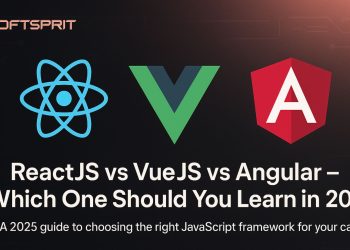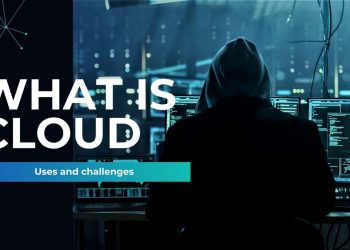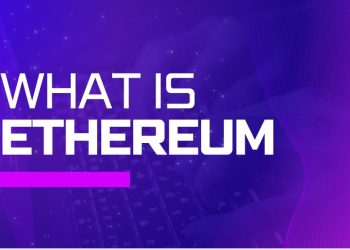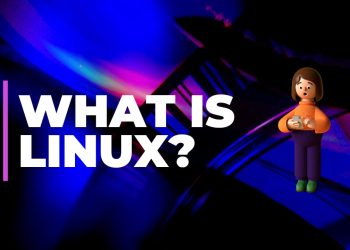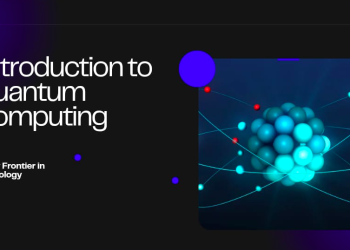Comprehensive Guide to Blockchain Technology
1. Introduction to Blockchain
Blockchain is a decentralized, distributed ledger technology (DLT) that records transactions across multiple computers in a way that ensures security, transparency, and immutability. Originally developed for Bitcoin in 2008 by Satoshi Nakamoto, blockchain has since evolved into a revolutionary technology with applications far beyond cryptocurrency.
Key Features of Blockchain:
✔ Decentralization – No single authority controls the data.
✔ Transparency – All transactions are publicly verifiable.
✔ Security – Uses cryptography (hashing & digital signatures).
✔ Consensus Mechanisms – Ensures agreement among participants (e.g., Proof of Work, Proof of Stake).
2. How Blockchain Works?
Blockchain operates through a peer-to-peer (P2P) network where transactions are grouped into blocks and added to a chain in chronological order.
Step-by-Step Process:
- Transaction Initiation
- A user requests a transaction (e.g., sending cryptocurrency).
- The transaction is digitally signed for security.
- Broadcasting to Network
- It tell about the transaction.
- Validation & Consensus
- Nodes verify the transaction using consensus algorithms (e.g., PoW, PoS).
- Example: Bitcoin uses Proof of Work (PoW) where miners solve complex puzzles.
- Block Formation
- Valid transactions are grouped into a block.
- Each block contains:
- Transaction data
- A hash (unique fingerprint) of the previous block
- A timestamp
- Adding to the Chain
- The chain becomes longer and more secure over time.
- Updating the Ledger
- updation is exist.
Example: Bitcoin Transaction
- Alice sends 1 BTC to Bob.
- Miners validate the transaction.
- The transaction is added to a block.
- The block is linked to the previous Bitcoin block.
- The ledger updates across all nodes.
3. Where is Blockchain Used? (Applications)
Blockchain is not just for cryptocurrencies—it has diverse real-world applications:
1. Cryptocurrencies (Digital Money)
- Bitcoin (BTC), Ethereum (ETH), Solana (SOL)
- Enables fast, borderless transactions.
2. Smart Contracts
- Self-executing contracts on Ethereum, Cardano, Polkadot.
- Example: DeFi (Decentralized Finance) platforms like Uniswap.
3. Supply Chain Management
- Tracks goods from manufacturer to consumer.
- Example: Walmart uses IBM’s blockchain to track food safety.
4. Healthcare
- Secures patient records & prevents fraud.
- Example: MedicalChain stores health data on blockchain.
5. Voting Systems
- Prevents election fraud.
- Example: Voatz (blockchain-based voting app).
6. Real Estate
- Tokenized property ownership (fractional real estate).
- Example: Propy facilitates blockchain-based property sales.
7. Digital Identity
- Prevents identity theft.
- Example: Microsoft’s ION (decentralized identity system).
8. NFTs (Non-Fungible Tokens)
- Unique digital assets (art, music, gaming).
- Example: CryptoPunks, Bored Ape Yacht Club (BAYC).
4. How to Use Blockchain?
For Beginners:
- Use a Cryptocurrency Wallet
- Examples: MetaMask, Trust Wallet, Ledger (Hardware Wallet).
- Buy/Sell Crypto
- Platforms: Binance, Coinbase, Kraken.
- Explore dApps (Decentralized Apps)
- Example: Uniswap (DeFi), OpenSea (NFTs).
For Developers:
- Learn Solidity (Ethereum Smart Contracts)
- Build on Ethereum, Solana, or Polygon
- Use Blockchain APIs (Alchemy, Infura)
5. Scope of Blockchain (Future Trends)
✅ Web3 & Metaverse – Decentralized internet.
✅ CBDCs (Central Bank Digital Currencies) – Digital currencies by governments.
✅ Enterprise Blockchain – IBM, Microsoft, Amazon Web Services (AWS) adoption.
✅ AI + Blockchain – Secure AI data management.
6. Fields Where Blockchain is Used
| Industry | Use Case | Example |
|---|---|---|
| Finance | Cross-border payments | Ripple (XRP) |
| Healthcare | Patient data security | MedRec |
| Supply Chain | Product tracking | VeChain |
| Gaming | NFT-based games | Axie Infinity |
| Government | Land registry | Georgia’s blockchain land titles |
| Energy | Peer-to-peer energy trading | Power Ledger |
7. How to Study Blockchain? (Resources)
Free Learning Platforms:
- Coursera – “Blockchain Basics” (University at Buffalo)
- edX – “Blockchain for Business” (Linux Foundation)
- YouTube – Andreas M. Antonopoulos (Bitcoin Expert)
Books:
- “Mastering Bitcoin” – Andreas M. Antonopoulos
Certifications:
- Certified Blockchain Expert (CBE) – Blockchain Council
- Ethereum Developer Certification – ConsenSys
8. Advantages of Blockchain
✔ Transparency – Publicly auditable transactions.
✔ Security – Cryptographic protection.
✔ Reduced Costs – Eliminates intermediaries (banks, brokers).
✔ Faster Transactions – Cross-border payments in minutes.
9. Disadvantages of Blockchain
❌ Scalability Issues – Bitcoin processes 7 TPS vs. Visa’s 24,000 TPS.
❌ Energy Consumption – Bitcoin mining uses more electricity than some countries.
❌ Regulatory Uncertainty – Governments still defining laws.
❌ Irreversible Transactions – If you send crypto to the wrong address, it’s lost forever.
10. Conclusion: The Future of Blockchain
Blockchain is transforming industries by enabling trustless, secure, and transparent systems. While challenges like scalability and regulation exist, innovations like Ethereum 2.0 (PoS), Layer 2 solutions (Polygon, Lightning Network), and CBDCs are addressing these issues.
Final Thoughts:
- For Businesses: Blockchain = efficiency & security.
- For Developers: Blockchain = endless innovation opportunities.
- For Individuals: Blockchain = financial freedom (DeFi, NFTs).



